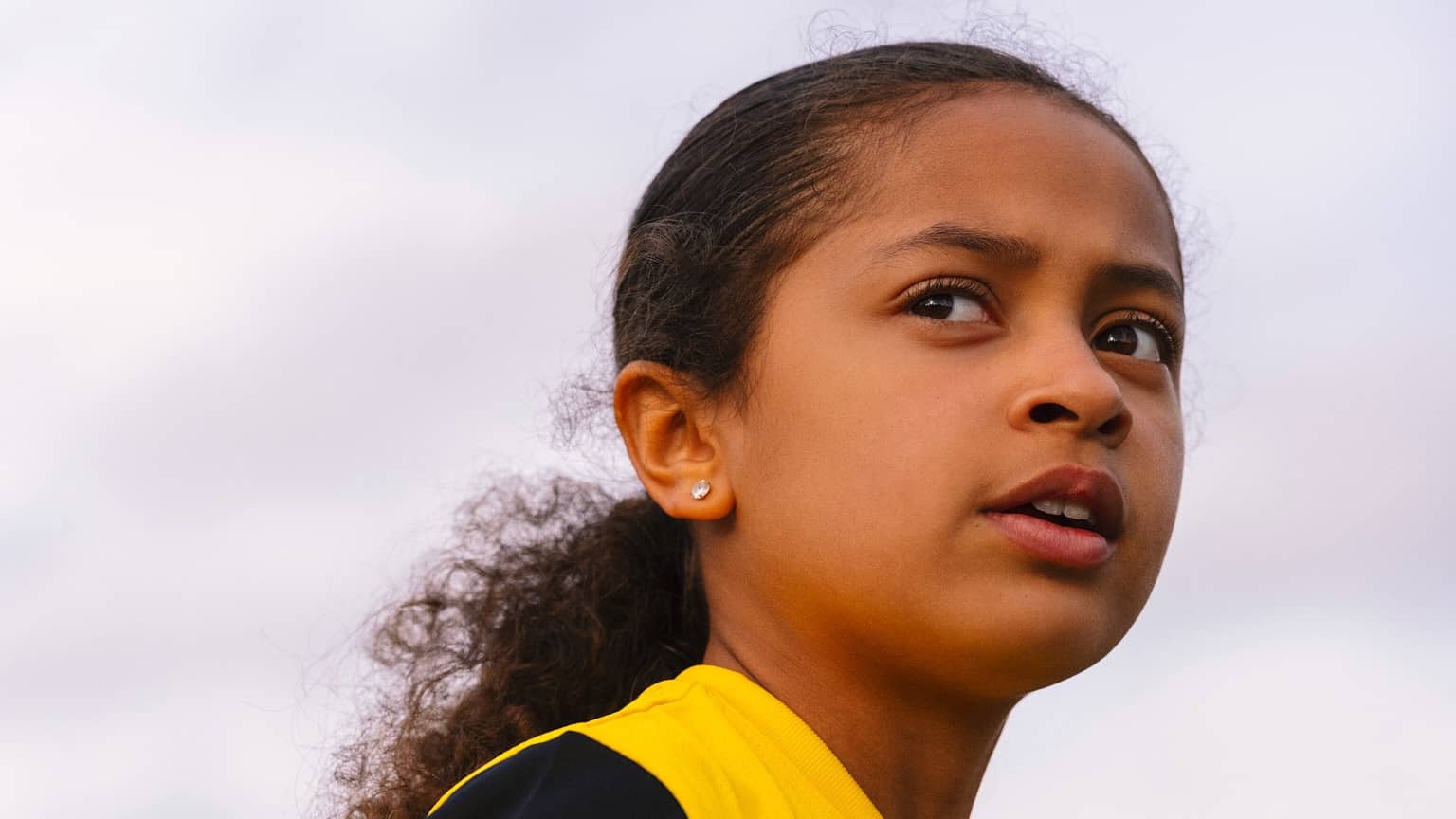
Personal finance
“We couldn’t get on the pitch – there were loads of men playing. The girls were so disappointed.”
15th May 2024
29th September 2022
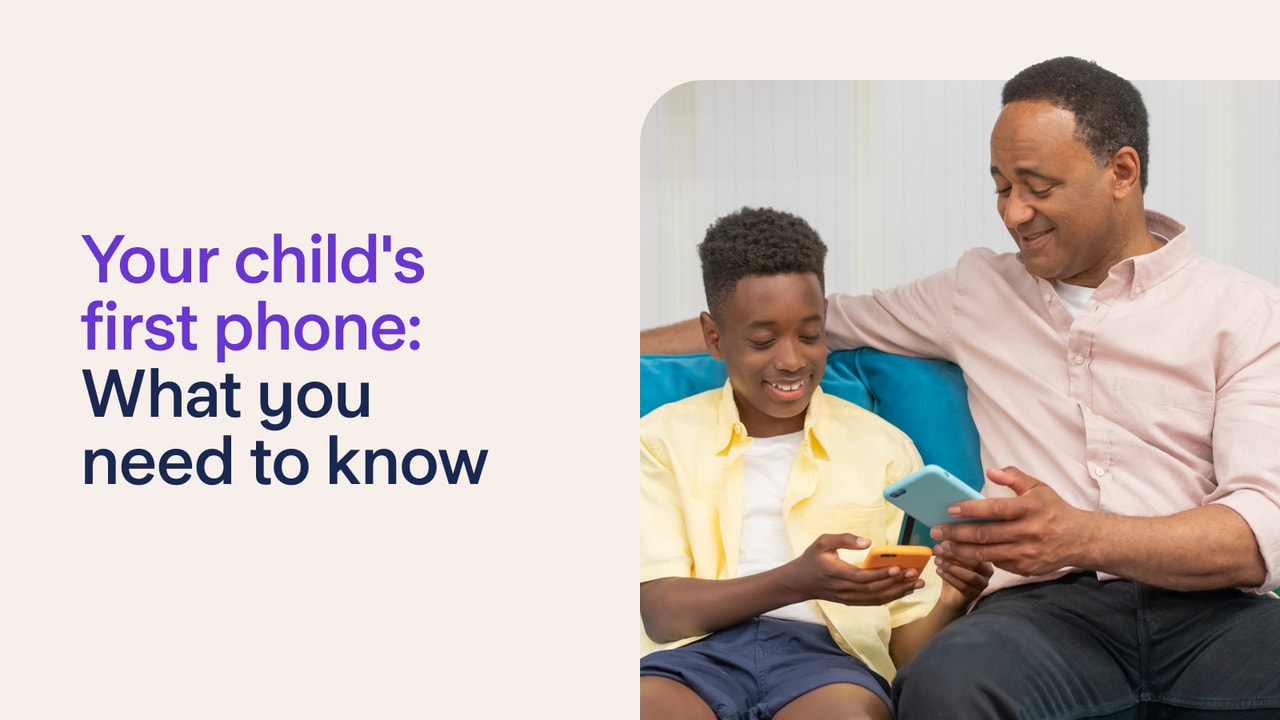
In the UK, 60% of children aged 8 to 11 have their own phone, according to a recent study from Ofcom. Here, we share expertise from the NSPCC and Internet Matters on the issues involved and how to help your children stay safe.
“The timing is purely up to the family and we always encourage conversations that include the child,” says Luke Savage, Senior Projects Officer at NSPCC.
Ghislaine Bombusa, Head of Digital at Internet Matters, adds: “Think about why they need the device. Typically, children receive phones for that transition between primary and secondary school for a new journey to school, or for social purposes to connect with family or friends or for hobbies, such as gaming. Ask yourself: are they ready for it?”
It’s also important to consider the costs of giving your child a phone: the phone itself, a case to protect it (a wise investment), calls, texts and internet usage. Doing online research and speaking to other parents can also help you make your decision.
“We wouldn’t encourage giving a child the latest device or model due to the possibility of it being damaged, lost or stolen. Parents often give a child their old phone and it’s worth giving them a phone with the same system you have, for example Apple or Android, so that it’s easier to link the devices,” says Luke. It’s also important to check that an old phone still receives security updates.
On choosing Pay As You Go or a contract, Luke says: “Pay As You Go is often a better idea as it can be a way to teach children about money and buying data. It also means that if they’re low on data, they’ll use the home WiFi, which could have further parental controls.”
Parental controls are a group of settings, available on broadband and mobile networks and individual devices, that can filter inappropriate content, such as pornography, and block certain websites or searches.
Some smartphones include settings that allow you to choose which apps can be downloaded, times of day a child can and can’t use a device and how much time they can spend on it. Certain apps have parental control options too, for example switching off a chat function.
“If an app doesn’t have parental control options, it might not be safe enough for children,” says Ghislaine. “The internet was not created with children in mind. There are risks around the content they could see, who could see their content, and chat functions which carry the risk of cyberbullying or grooming.”
If you choose a smartphone with parental controls, set these up before you give it to your child. “Aim for it to be as safe as it can be,” says Luke. “And keep communicating with them as they use it. Show an interest in what they’re doing on their phone and adjust settings as needed.”
Use parental controls as conversation starters to reinforce what your child learns in school about online safety. And if they’ve downloaded new apps, make sure your child can’t share their location with others.
You could also disable in-app purchases for games so that you can have a conversation with your child before they buy anything. If they have a Starling Kite card, you could then help them make the purchases, so they can spend their own pocket money.
Kite debit cards are designed for children aged 6 to 16 and include handy money management features. Adults can receive instant notifications for their child’s spending, set up daily spending caps, switch off cash withdrawals and lock their child’s card if lost or stolen.
With your permission, your child can also have their own version of the Starling app, something that can give them more financial independence. They can use the app to see their spending and savings, check their balance or hide their balance if they’re showing the app to a friend.
Before you give your child their first phone, explain why you want to put certain settings in place. “If you impose rules, they’re more likely to be broken. If you create rules together and talk about them, they’re usually more effective,” says Ghislaine.
She recommends creating an Online Safety Family Agreement that includes all members of the family. It covers the protection of personal data, such as their phone number, making a social media profile private, and steps to take if anyone sees something upsetting. This could include telling a trusted adult, such as a parent or teacher, reporting the inappropriate content or speaking to ChildLine.
Luke adds: “A child can be online for ten minutes and be harmed or online for two hours with no harm.” This is why setting up protective measures and agreeing on boundaries is so important. “Children have a right to go online and they have a right to be safe.”

Personal finance
15th May 2024
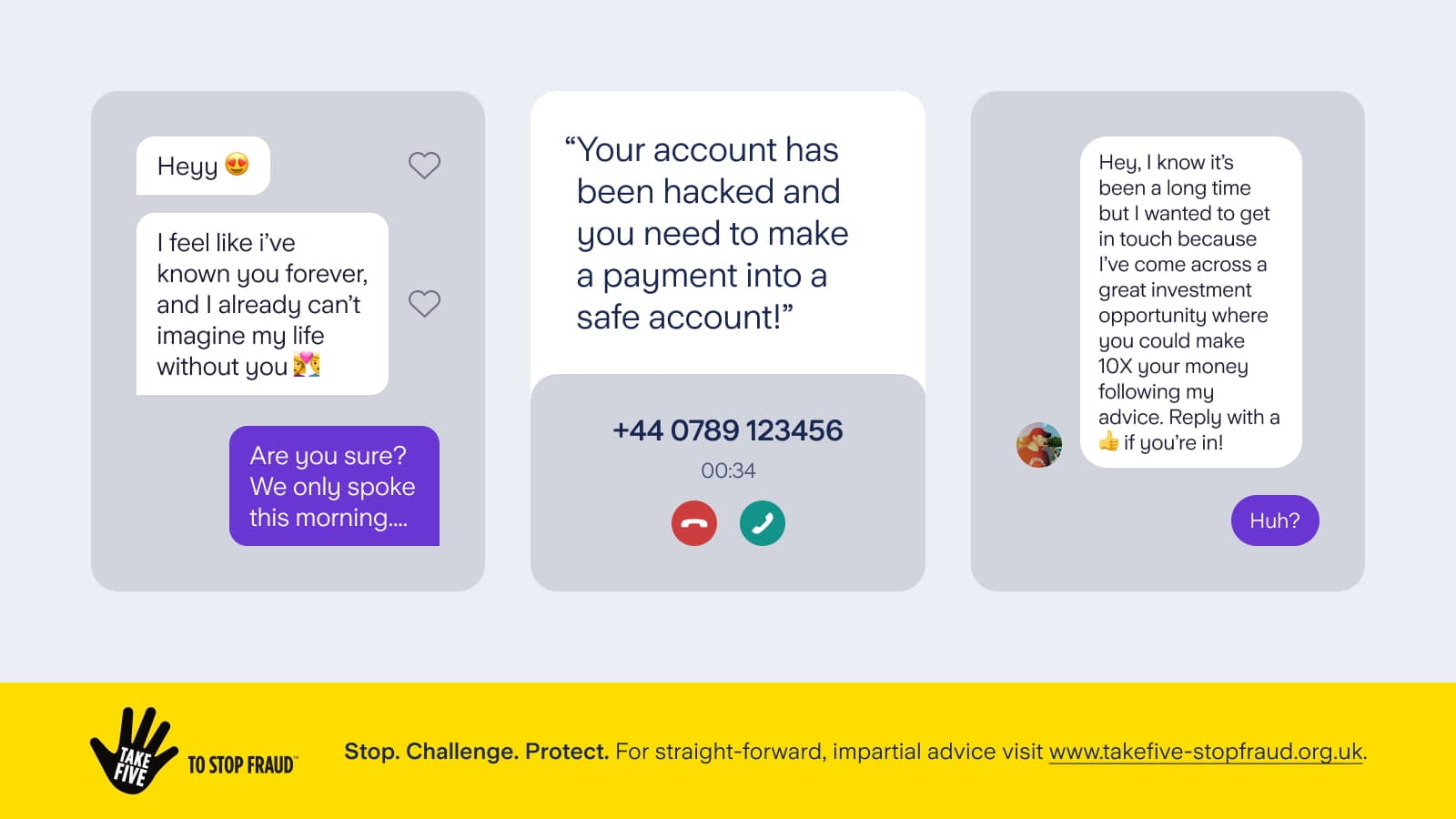
Personal finance
13th May 2024
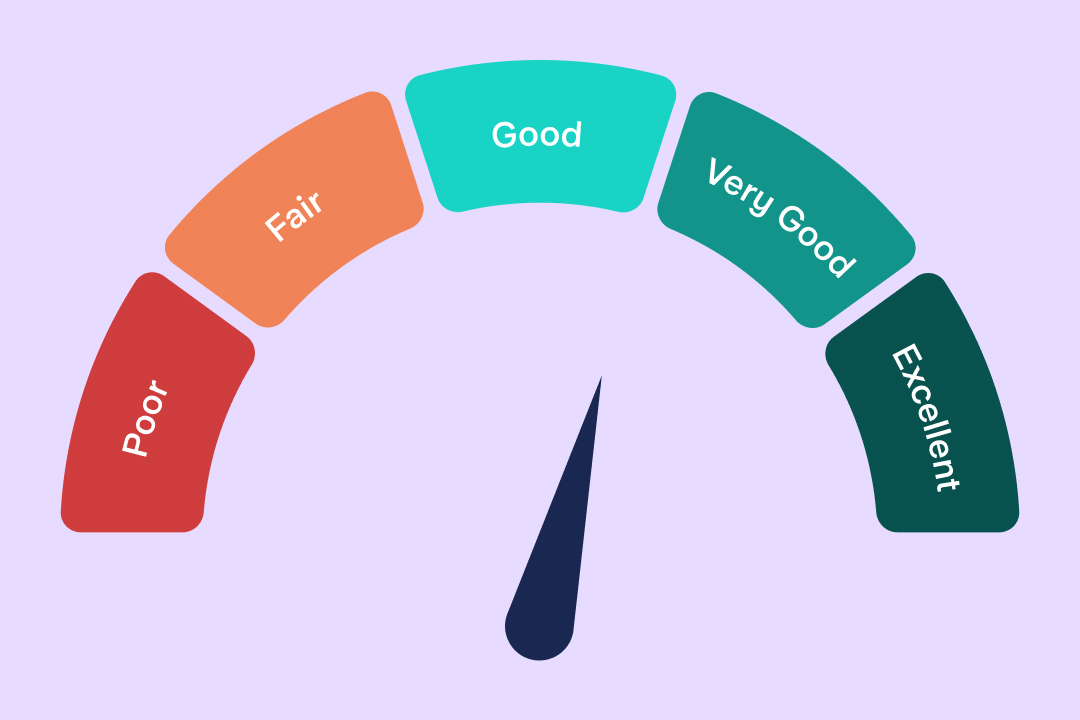
Personal finance
14th March 2024
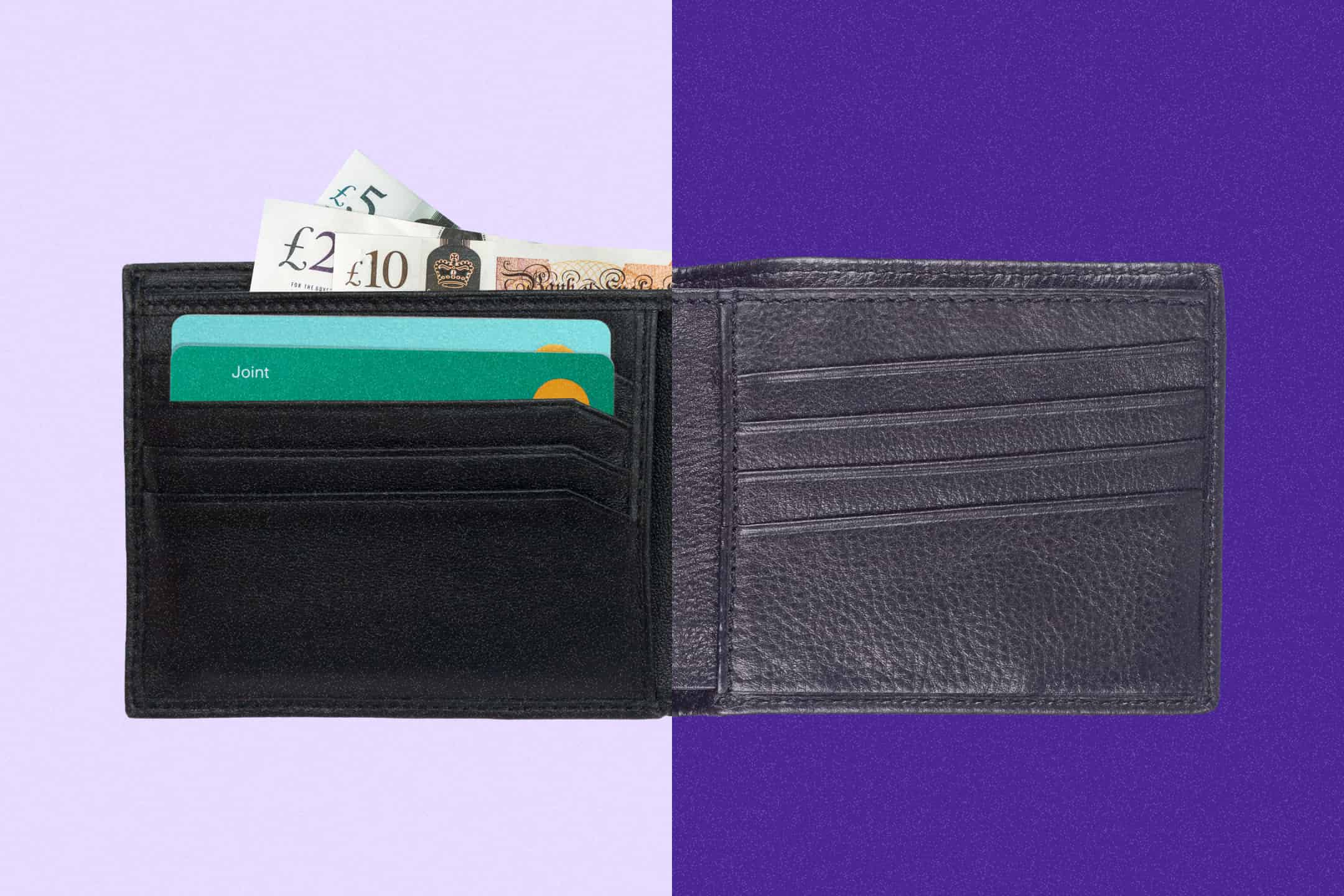
Money Truths
29th May 2025

Money Truths
28th May 2025

Money Truths
20th May 2025